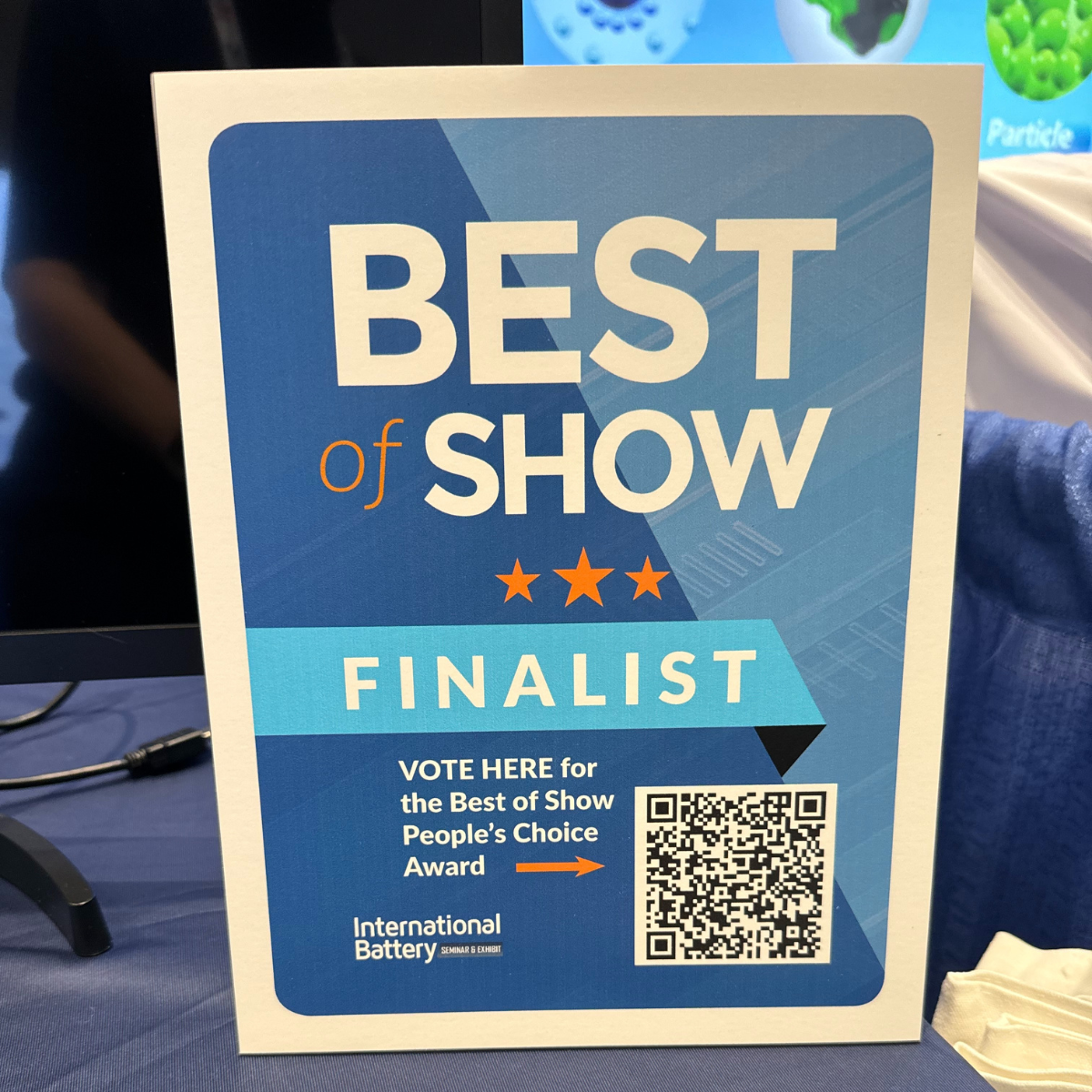Form, fit and function – good design encompasses all three objectives. While “form” and “fit” get a fair bit of attention – comprising the basis of first impressions with users – failing in “function” makes a far more lasting impression on users. When considering alternative TCFs for your next innovative electronic device application, be sure to assess how the device will be used including its intended operational environment in order to preclude failures in the field. The best TCF choice is not only one with the optoelectronic performance necessary for the application, but also one that will stand up to day-to-day operation.
Click here to download the guide: CAPACITIVE TOUCH SENSOR - Choosing the Appropriate Electrode Material
Certain applications for TCFs such as in the automotive or marine industries require a high degree of environmental stability. These industries in particular employ rigorous testing standards assuring UV stability and humidity/temperature aging. TCFs such as PEDOT require the addition of UV protection and/or moisture barrier films to perform satisfactorily. Both of these can represent a sizable increase in manufacturing expense and complexity of circuit design, particularly when it comes to making electrical connection to the circuit.
There are of course many factors when it comes to the type of sensor to use in your electronic device. This blog post is not intended to be exhaustive on the options, but for more on design considerations of capacitive sensors, this short introductory video from the folks at Silicon Soup highlights the physics behind the electrodes and their design implications:
A form of carbon, the carbon nanotubes in CNT hybrids are environmentally stable unlike TCF alternatives such as PEDOT. Being conductive, CNTs encapsulate the silver nanowires providing environmental stability without acting as an insulator. And since a polymer top coat is not required, the process of creating patterned TCFs is simple and cost effective; print, etch, and done.
Electronics that are both flexible and transparent offer engineers and product designers greater design freedom to imbed circuits or user interface interactivity where desire, but they must also be durable to withstand daily use. Products developed in this way will not only push the envelope in user experience, design simplicity, economy of material and manufacturing efficiency, but also deliver longevity in operation to giving them a strategic competitive advantage. This changes everything, clearly.
How could flexible transparent circuits enable innovations in your company’s product line? Tell us about your quest for clearly innovative products on social media!
Unsure about what material is right for your unique product? Watch our on-demand webinar for the State of ITO Alternatives webinar:

.jpg)























